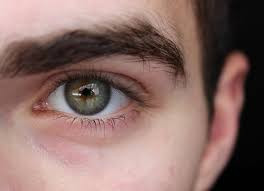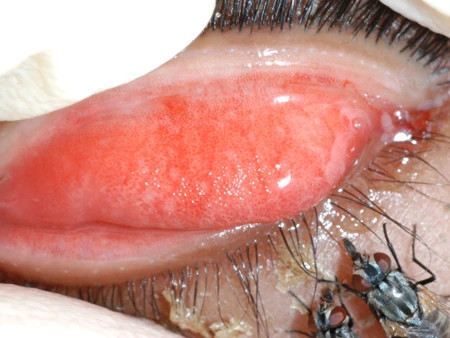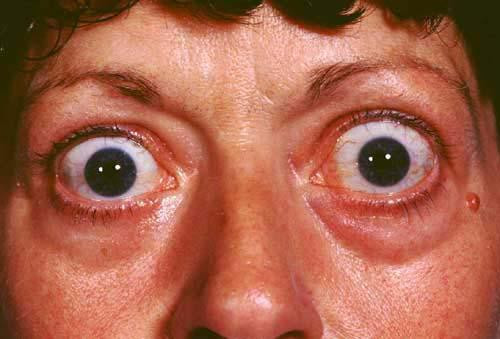Definition
The sclera constitutes the white portion of the eye. When the sclera becomes swollen, red, or painful, the condition is referred to as scleritis. Scleritis is a significant inflammatory eye disorder. The sclera is composed of connective tissue fibers and extends from the cornea to the optic nerve at the posterior part of the eye. Scleritis is categorized into anterior scleritis (involving the forepart of the eyeball) and posterior scleritis (involving the posterior part of the eyeball), based on the location of the inflammation. Scleritis can affect a single part of the eye or both the forepart and back simultaneously.
Although the symptoms can resemble those of conjunctivitis, untreated scleritis can lead to severe eye damage, including blindness. The onset of scleritis may signal an underlying serious condition.
Globally, approximately 60-74% of scleritis cases are found in women, with Caucasians being the most affected ethnicity (79.4%). In Indonesia, data on scleritis are limited. Available information indicates that scleritis is more prevalent in women aged 40-60 years or in patients with systemic autoimmune diseases. About 50% of scleritis cases are associated with autoimmune diseases such as lupus and rheumatoid arthritis. Infection-related scleritis accounts for only 5-10% of all cases.
It has been observed that 57% of scleritis patients also have other systemic diseases, with up to 48% presenting with known connective tissue disease or vasculitis. This condition is potentially fatal without prompt and aggressive treatment. Other patients may experience concomitant trauma, infection, or postoperative inflammation. Scleritis accompanied by systemic disease is most frequently seen in necrotizing scleritis.
Causes
The exact cause of scleritis remains uncertain. Some cases are linked to infections (4-10%), others linked to non-infectious factors. Non-infectious causes include autoimmune conditions (the most common, around 50%), malignancy, side effects of osteoporosis medications, and eye injury. Rheumatoid arthritis and vasculitis are the conditions most commonly associated with scleritis.
Risk Factor
Several risk factors can increase the likelihood of developing scleritis, including:
- Age 40-50 years
- Female gender
- Autoimmune connective tissue diseases such as vasculitis
- Eye infection
- History of eye injury
- History of eye surgery
Symptoms
Symptoms of scleritis encompass ocular pain, excessive tearing, photophobia, reduced visual acuity, and potential partial or complete vision loss. Pain, the most prevalent symptom, typically drives patients to seek medical care and indicates active inflammation. Characteristic of the pain in scleritis include:
- Severe pain radiating to the forehead, eyebrows, jaw, or head
- Pain that disrupts sleep
- Pain exacerbated by touch
- Temporary pain relief with analgesics
Unfortunately, many scleritis patients initially present to the emergency room due to unresolved symptoms after being treated with antibiotic eye drops, leading to delays in anti-inflammatory treatment and prolonging the disease course.
Visual impairment may result from scleritis extending to adjacent ocular structures. Eye redness progressively worsens over several days, appearing as a bluish-red hue more pronounced under natural light. This eye redness can be localized or diffuse, commonly occurring in areas covered by the eyelids.
Based on the affected scleral region, the following symptoms are observed:
Anterior Scleritis
In anterior scleritis, inflammation affects the sclera at the forepart of the eyeball. Types and symptoms of anterior scleritis include:
- Diffuse: The most common form, characterized by redness spreading across the sclera, possibly accompanied by pain.
- Nodular: Characterized by a painful and tender soft lump in the sclera.
- Necrotizing: The most severe form, potentially damaging the sclera and causing severe ocular pain. Untreated necrotizing scleritis can lead to eyeball loss.
Posterior Scleritis
Posterior scleritis involves the sclera behind the eyeball and can coexist with anterior scleritis. Symptoms are harder to detect externally, as eye redness and anterior lumps are usually absent. However, swelling at the back and inside the eyeball can cause visual disturbances such as blurred vision or visual field narrowing.
Diagnosis
The diagnosis of scleritis involves:
- Examination of the internal and external structure of the eye using a slit lamp
- A thorough medical interview by a doctor
Collaboration between ophthalmologists and other specialists, such as rheumatologists, to ensure a comprehensive diagnosis can be necessary. Blood and radiological tests may be required to support the diagnosis.
Management
Scleritis is a serious condition requiring evaluation by an ophthalmologist. There is no home treatment available to cure this disease. Immediate consultation with an ophthalmologist is necessary if scleritis symptoms are present to prevent further eye damage.
Treatment for scleritis may involve medication or surgery, depending on the cause and severity. Anti-inflammatory medications can be prescribed to reduce pain and inflammation. Surgery is considered if the sclera is torn or detached.
If scleritis occurs secondarily to another disease, treating the underlying disease is essential to control symptoms and prevent further complications. It is important to note that scleritis can recur if the underlying condition persists, despite treatment.
Complications
Complications of scleritis, leading to vision loss and ocular damage, stem from extensive scleral inflammation. Common complications include peripheral ulcerative keratitis, uveitis, glaucoma, cataracts, retinal detachment, and fundus abnormalities. These complications occur the most often in necrotizing scleritis, the most destructive type of scleritis.
Prevention
Currently, there is no effective prevention for scleritis. Patients with autoimmune diseases should remain vigilant due to their increased risk. They require accessible consultations and regular monitoring by ophthalmologists.
Postoperative infection-related scleritis prevention involves proper surgical procedures, stringent infection control protocols, and routine postoperative eye examinations.
When to See a Doctor?
If scleritis symptoms appear, immediate consultation with an ophthalmologist is crucial to prevent vision loss.
Want to know information about other diseases? Check here, yes!
- dr Hanifa Rahma
Boyd, K. (2021). What Is Scleritis?. American Academy of Ophthalmology. Retrieved 14 November 2021, from https://www.aao.org/eye-health/diseases/what-is-scleritis.
Boyd, K. (2021). Scleritis Diagnosis and Treatment. American Academy of Ophthalmology. Retrieved 14 November 2021, from https://www.aao.org/eye-health/diseases/scleritis-treatment.
Lagina, A., & Ramphul, K. (2021). Scleritis. Ncbi.nlm.nih.gov. Retrieved 14 November 2021, from https://www.ncbi.nlm.nih.gov/books/NBK499944/.
Roque, M. (2021). Practice Essentials. Emedicine.medscape.com. Retrieved 14 November 2021, from https://emedicine.medscape.com/article/1228324-overview.
Roque, M. (2021). Scleritis Treatment & Management: Medical Care, Surgical Care, Consultations. Emedicine.medscape.com. Retrieved 14 November 2021, from https://emedicine.medscape.com/article/1228324-overview#a1.
Krause, L. (2021). What’s Causing My Facial Pain?. Healthline. Retrieved 14 November 2021, from https://www.healthline.com/health/face-pain.
Dahl, A. (2021). Scleritis Treatment, Symptoms, Causes & Risk Factors. MedicineNet. Retrieved 14 November 2021, from https://www.medicinenet.com/scleritis/article.htm#is_it_possible_to_prevent_scleritis.
Moshirfar M, Ronquillo Y. Infectious Scleritis. Ncbi.nlm.nih.gov. Retrieved 14 November 2021, from https://www.ncbi.nlm.nih.gov/books/NBK560818/.











